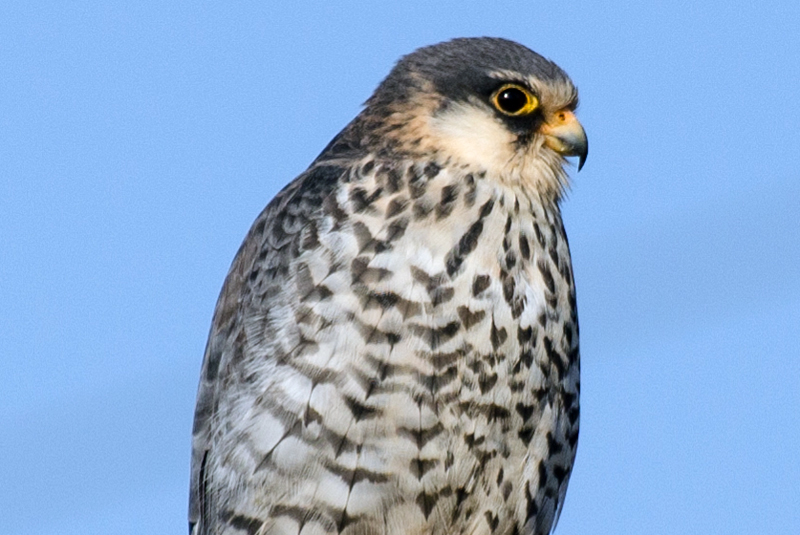A little awareness can go a long way. The pigeon-sized Amur Falcon flies one of the longest migratory routes in the world, kicking off from Southern Siberia, passing along East and South-East Asia, cutting through India and culminating in South Africa.
During October and November, in Nagaland, thousands of these raptors fill the sky. Over the years, they’ve made India the largest pit-stop for Amur Falcons in the world. Nagaland is an important pit stop. It’s where they tank up for the journey across peninsular India, following which they take the non-stop 3,000-kilometre flight across the Arabian Sea to the Southern tip of Africa.
The Falcons first appeared in large numbers in Nagaland during the late 1980s, when they roosted in Changtongya and its neighbouring villages. The birds begin their journey in September when they gather in Southern Siberia in large numbers.
By 2012, a shocking development had taken place near the banks of the Doyang Reservoir in Nagaland. After initial reports that Amur Falcons were being sold in the marketplace, it came to light that up to 140,000 were being killed every year, for the last seven years.
Copyright©Madras Courier, All Rights Reserved. You may share using our article tools. Please don't cut articles from madrascourier.com and redistribute by email, post to the web, mobile phone or social media.Please send in your feed back and comments to editor@madrascourier.com











